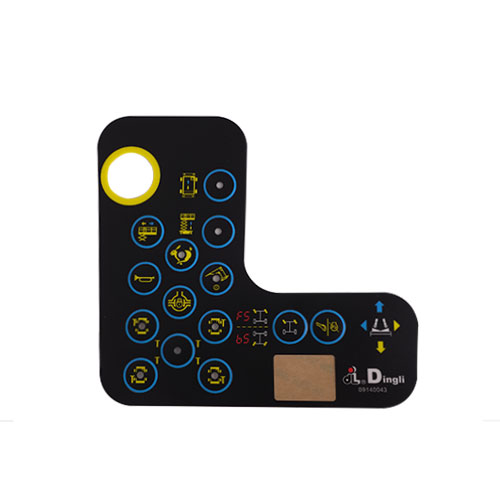Maximizing Visual Impact: Incorporating Overlay Techniques in Web Design
Introduction:
In the rapidly evolving world of web design, one aspect that continues to gain popularity is the use of overlay techniques. Overlay techniques involve adding an extra layer on top of the main content to enhance the visual impact and user experience. This article will explore the various overlay techniques that can be incorporated into web design to maximize visual impact and create a more engaging website.
1. Overlay Navigation:
One popular overlay technique is overlay navigation. Instead of having a traditional navigation bar at the top or side of the webpage, overlay navigation appears as an overlay on the main content when activated. This technique not only saves space, but it also adds a sleek and modern look to the website. Overlay navigation can include animated transitions, color changes, or even hover effects to make it more visually appealing.
2. Image Overlays:
Image overlays are another effective way to create visual impact on a website. By adding a semi-transparent layer on top of an image, designers can enhance its visual appeal and create a more immersive experience for users. This technique can be used to highlight important information, create a focal point, or simply add a trendy visual effect to the website. Image overlays can be achieved using CSS, JavaScript, or even simple graphic editing software.
3. Video Overlays:
Video overlays are a powerful way to engage users and communicate a message. By placing a video on top of the main content, designers can captivate visitors and encourage them to stay on the website longer. Video overlays can be used as a background, introduction, or even as a full-screen experience. It is essential to ensure the video quality is high and the content is relevant to the website's theme or purpose.
4. Text Overlays:
Adding text overlays to images or videos can create an eye-catching effect and deliver a message more effectively. By overlaying text on top of visuals, designers can emphasize key points, create contrast, and enhance the overall visual impact. It is important to consider legibility, font choice, and color contrast when incorporating text overlays to ensure readability and user-friendly experience. 5. Modal Windows:
5. Modal Windows:
Modal windows, also known as lightboxes, can be an effective overlay technique for displaying additional information or media content. Instead of directing users to a new page, modal windows pop up on top of the current page, drawing attention to the content they display. Modal windows often include a close-button or can be dismissed by clicking outside the window. This technique allows for a more seamless and interactive user experience.
6. Hover Effects:
Hover effects have become a popular way to add interactivity and visual interest to a website. By utilizing hover effects, designers can create overlay effects that trigger when a user hovers over an element, such as an image, button, or link. The overlay effect can be a change in color, size, or even the revealing of additional information. Hover effects provide an element of surprise and engagement, making the user experience more enjoyable.
Conclusion:
Incorporating overlay techniques into web design can significantly enhance the visual impact of a website. Whether it's overlay navigation, image overlays, video overlays, text overlays, modal windows, or hover effects, each technique adds a unique touch to the overall design. By integrating these techniques thoughtfully, designers can create visually stunning websites that captivate users, encourage interactivity, and leave a lasting impression.